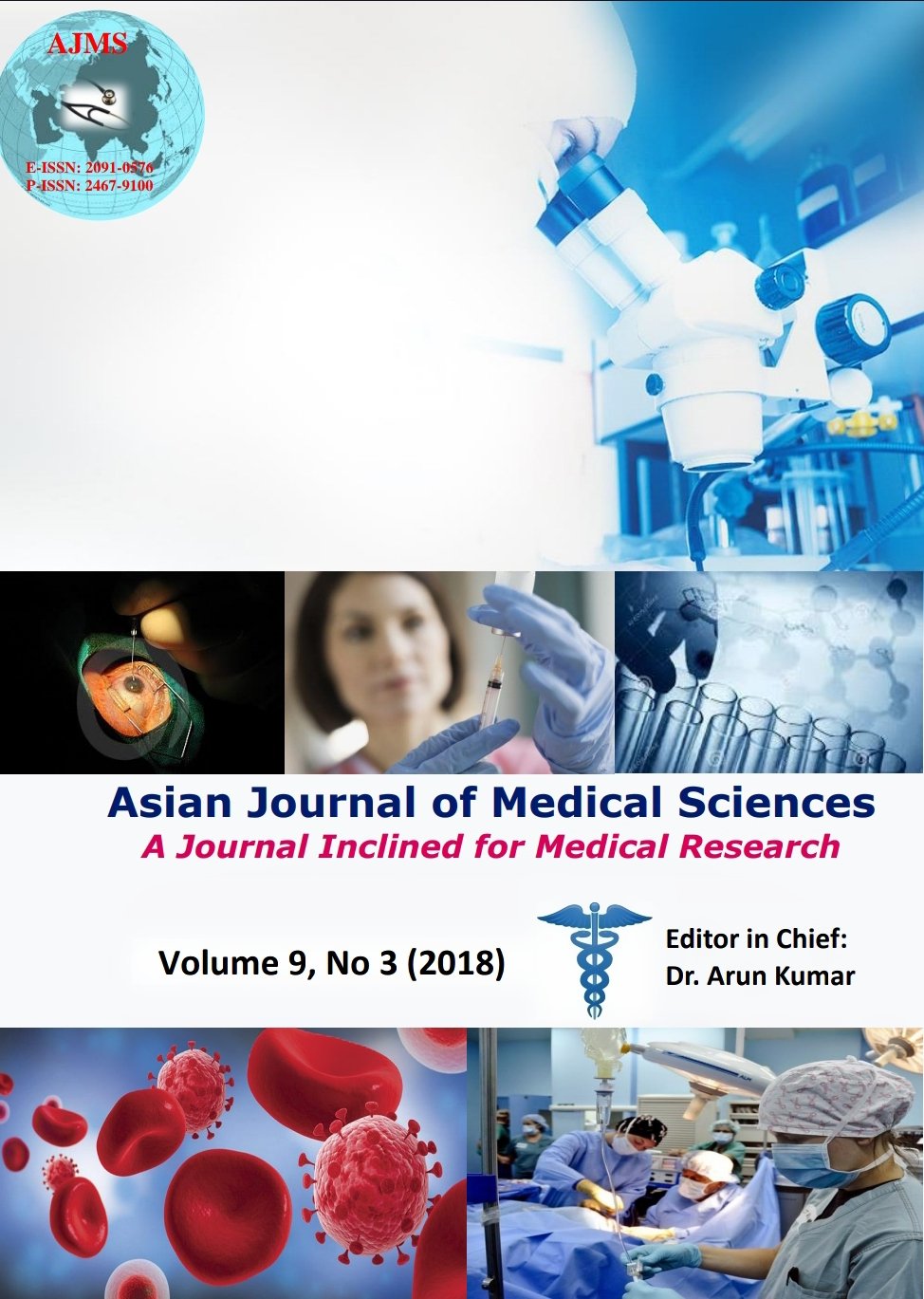Malaria and hookworm co-infection and their effects on anaemia of pregnant women attending ante-natal clinic in University Teaching Hospital, Calabar, Nigeria
Keywords:
Malaria, Hookworm, Co-infection, Anaemia, pregnant women, CalabarAbstract
Background: Malaria and hookworm infections independently have been known to cause anaemia. Coinfection of these two parasites can aggravated the morbidity of these infections with a resulting impact on anaemia especially in pregnancy.
Aims and Objective: This work was aimed at assessing the prevalence of malaria and hookworm co-infection and their effects on anaemia among pregnant women in Calabar Metroplis.
Materials and Methods: Giemsa stained film of venous blood was examined microscopically for malaria parasites while cyanmethaemoglobin method was used for haemoglobin level estimation. Stool samples were examined microscopically while Stoll’s technique was used in counting the ova of hookworm.
Results: 19(6.3%) of the subjects were infected with hookworm, 45(15.0%) with malaria, while 9(3.0%) were infected with both parasites. Severe anaemia of 4(44.4%) was observed amongst the test (infected) subjects while the control (uninfected) subjects had a severe anaemia of 3(1.0%). The highest prevalence of co-infections of malaria and hookworm 4(38.6%) occurred among the age group of 26-30years (p=0.371). Subjects in their 3rd trimester had the highest prevalence of co-infection of 4(4.4%) (p=0.412). The highest prevalence of severe anaemia 1(100.0%) occurred among the age group of 16-20years (p=0.002).
Conclusion: This work has shown a low prevalence of malaria and hookworm co-infection. The level of severe anaemia among infected pregnant women was more than that observed among subjects without any of the two infections.
Asian Journal of Medical Sciences Vol.9(3) 2018 27-35
Downloads
Downloads
Additional Files
Published
How to Cite
Issue
Section
License
Authors who publish with this journal agree to the following terms:
- The journal holds copyright and publishes the work under a Creative Commons CC-BY-NC license that permits use, distribution and reprduction in any medium, provided the original work is properly cited and is not used for commercial purposes. The journal should be recognised as the original publisher of this work.
- Authors are able to enter into separate, additional contractual arrangements for the non-exclusive distribution of the journal's published version of the work (e.g., post it to an institutional repository or publish it in a book), with an acknowledgement of its initial publication in this journal.
- Authors are permitted and encouraged to post their work online (e.g., in institutional repositories or on their website) prior to and during the submission process, as it can lead to productive exchanges, as well as earlier and greater citation of published work (See The Effect of Open Access).




